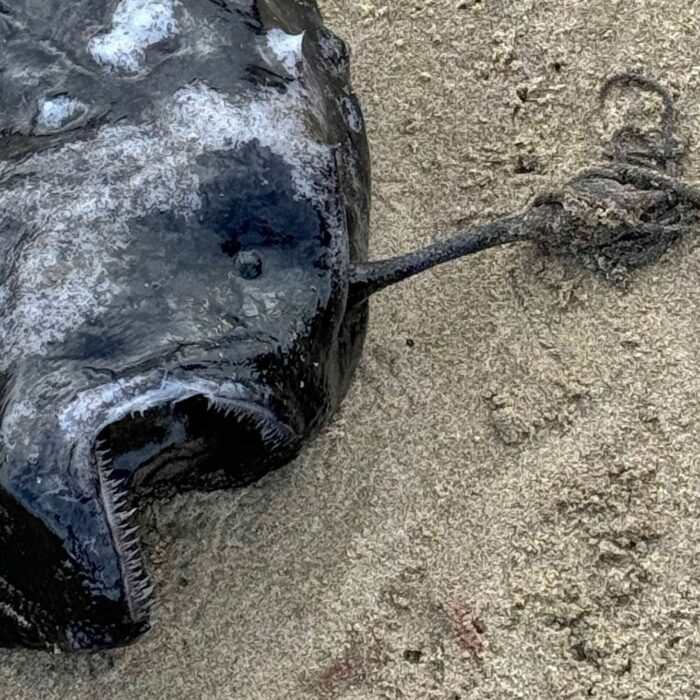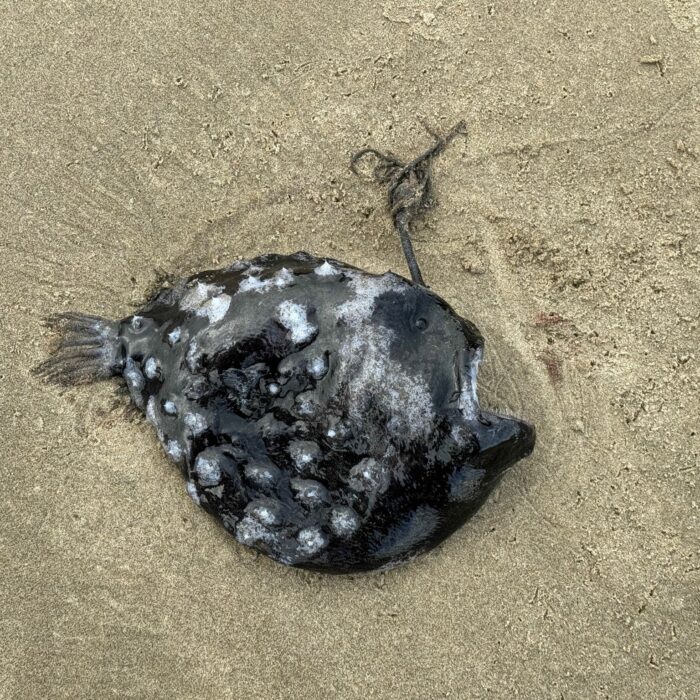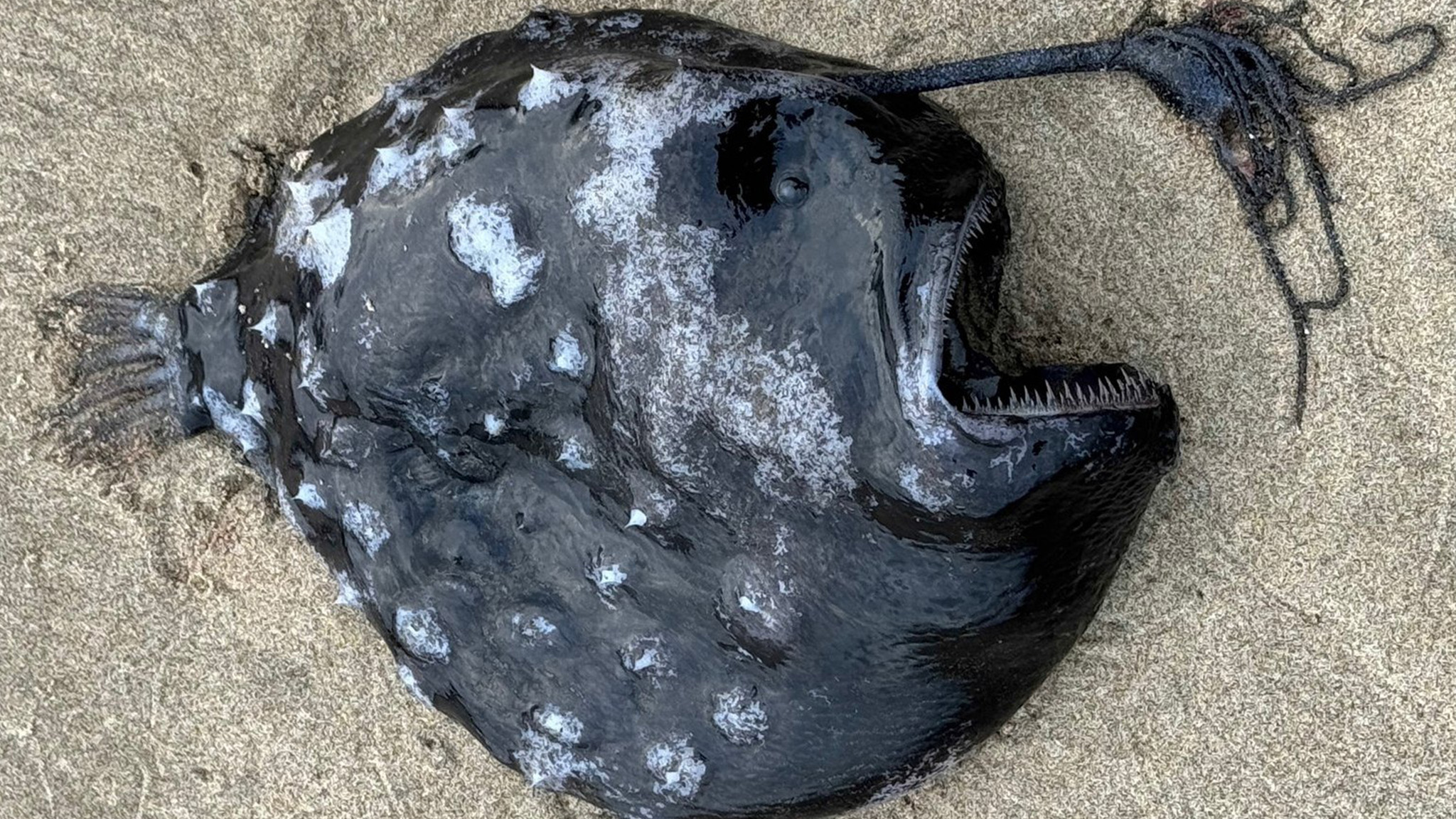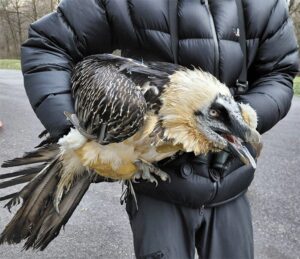There’s rare, and then there’s deep-sea anglerfish rare. Only 31 examples of the subspecies commonly called the Pacific football fish have ever washed up on shore worldwide, and none have ever appeared on the Oregon coast. Until now.
Beachcombers found the specimen near Canon Beach, Oregon, according to a social media post by the nearby Seaside Aquarium. Get a load of this gal.

Photo: Seaside Aquarium
Females only
Like every anglerfish that’s ever made its way to the surface, it is a female. One of the most fascinating things about anglerfish (and that’s saying something, because everything about them is fascinating) is that the males have evolved to be sexual parasites.
“Males, being ten times smaller than females, find a female to fuse themselves to. They lose their eyes and internal organs, getting all their nutrients from their female partners. In return, they provide females with a steady source of sperm,” the aquarium wrote.
That’s…certainly one way to do it. Oh, and did we mention they have spikes? They have spikes.

Photo: Seaside Aquarium
Anglerfish live up to 1,000 meters below the ocean’s surface. In that inky darkness, the females use a bioluminescent lure that dangles from the tops of their heads to attract prey, which they then snag with their ferocious-looking teeth.
“Food at [those depths] is very sparse, so football fish are not picky eaters. They eat anything that can fit into their mouths,” the aquarium explained.
The depths and pressures that separate anglerfish from our world are extreme, which means they don’t often wash ashore. It’s also extraordinarily rare to see them in the wild.
In 2014, scientists from the Monterey Bay Aquarium Research Institute (MBARI) captured footage of an anglerfish swimming at about 600m.
It was the first footage of that type of anglerfish (a black sea devil) alive and at depth. At the time, less than half a dozen anglerfish of any species had ever been recorded.
In the video, the narrator observes that the recorded specimen has a broken tooth and notes, “We do not know if the tooth will be replaced after it falls off.” It’s kind of stunning to realize there are still animals on our planet about which we know so little.
“We don’t know a lot about even the basics of how they live,” ichthyologist Ben Frable told The Guardian.
“Specimens like this, every time they wash up, can provide additional clues.”






